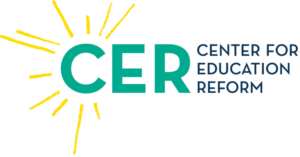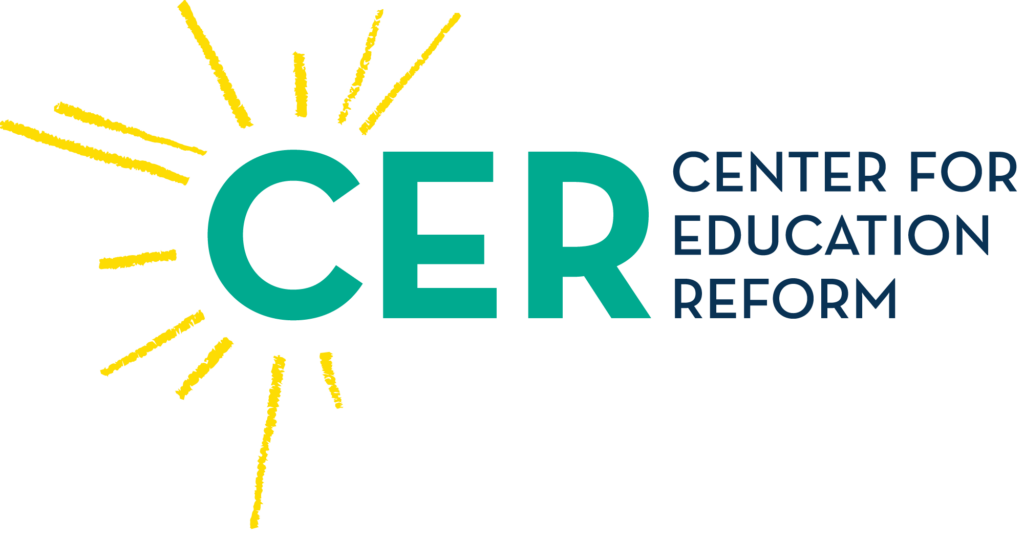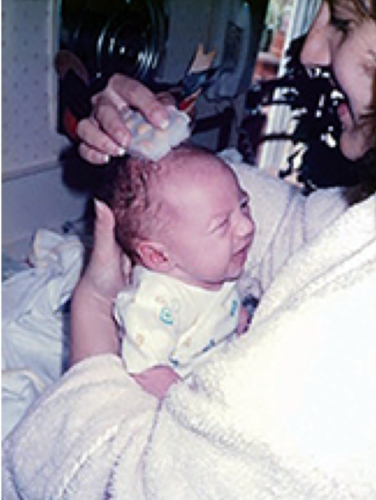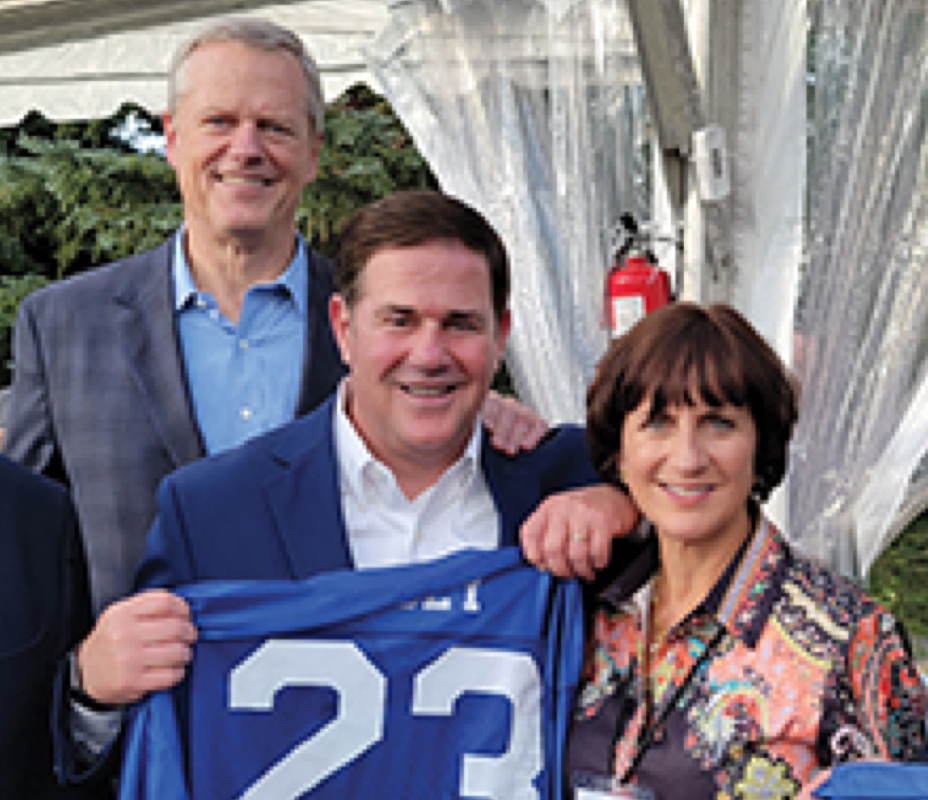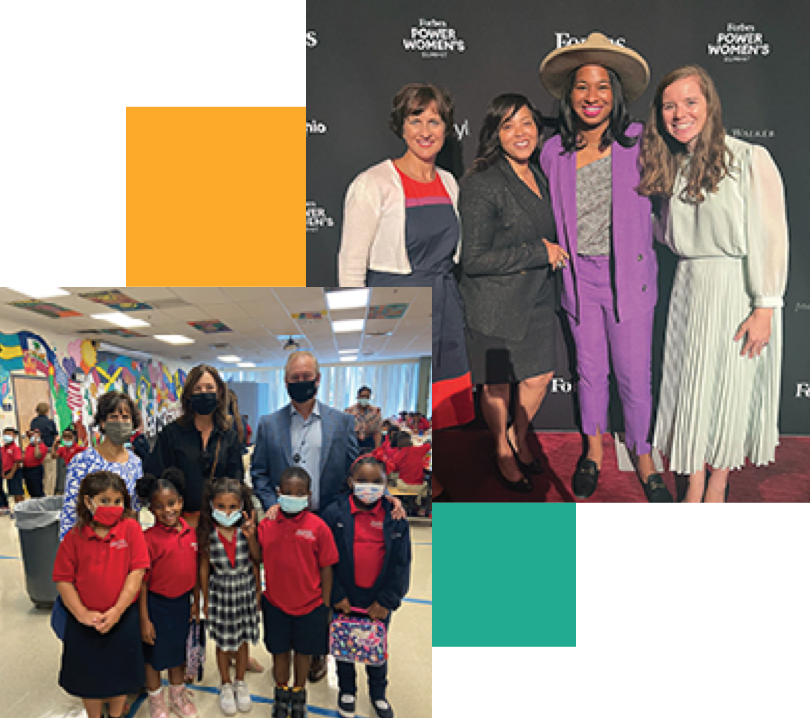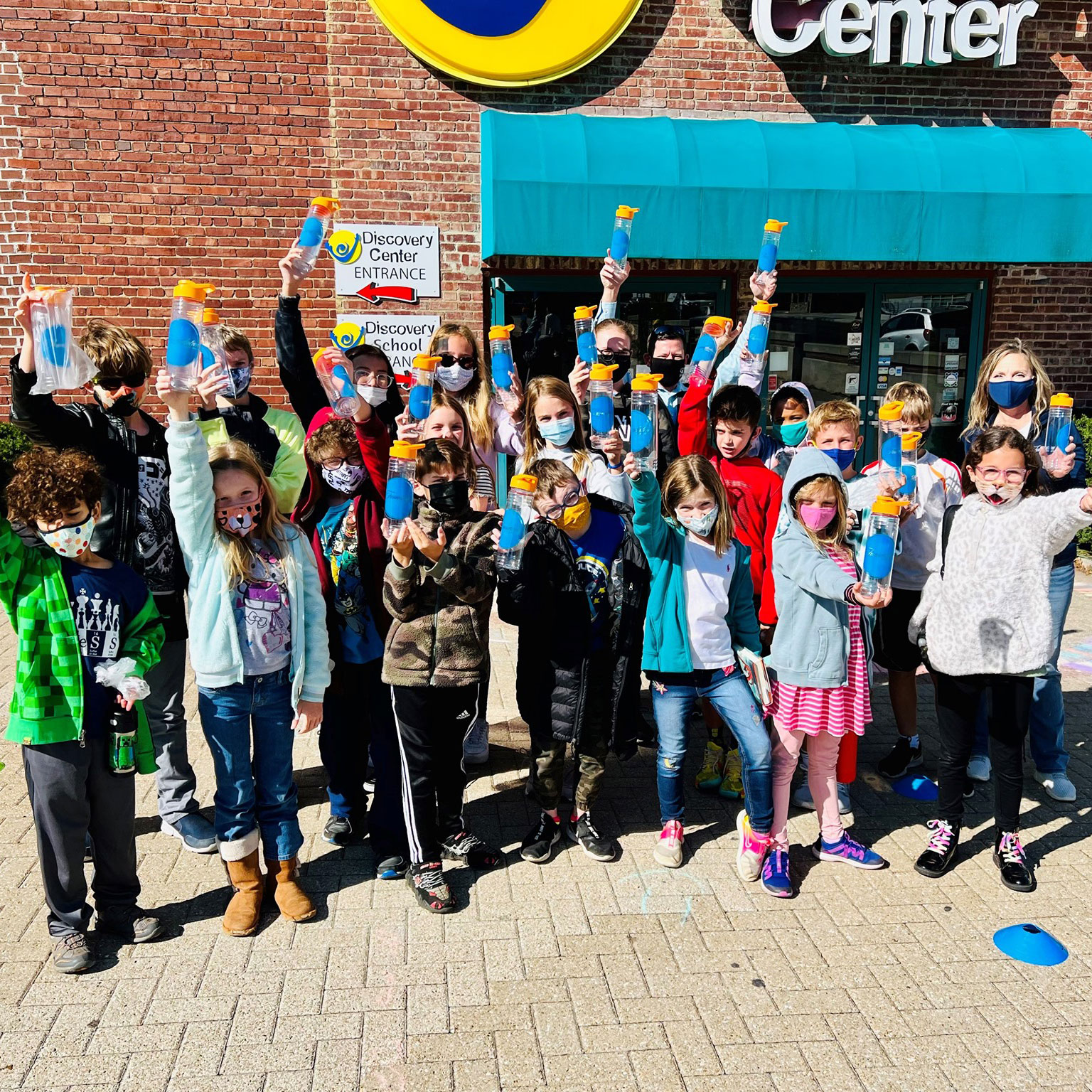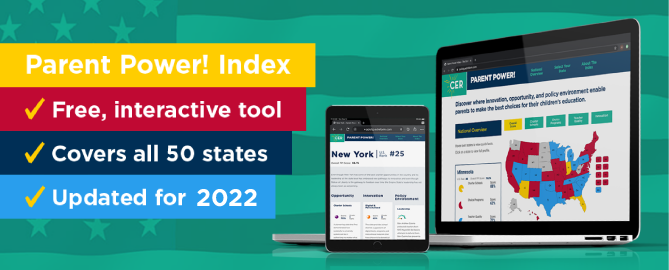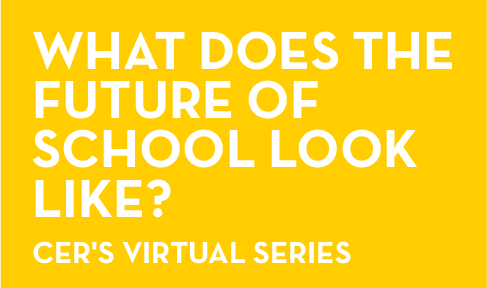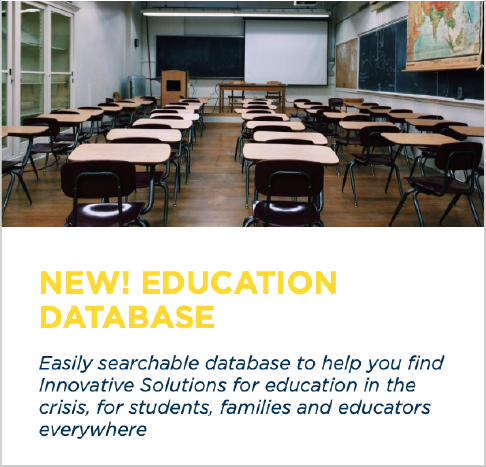On a daily basis, there is superb research, analysis and reporting going on that makes it effortless to track enrollment shifts, education achievement (or lack thereof), new school starts, education technology, and more. It’s fantastic! And better than ever before. (If you’re interested, happy to share some of my favorites!)
The data and the coverage of education in all forms of media is strengthening the resolve of Governors, as they learn more and more what parents want, directly from the source, and they receive support from a critical mass of Americans that are fed up with the status quo.
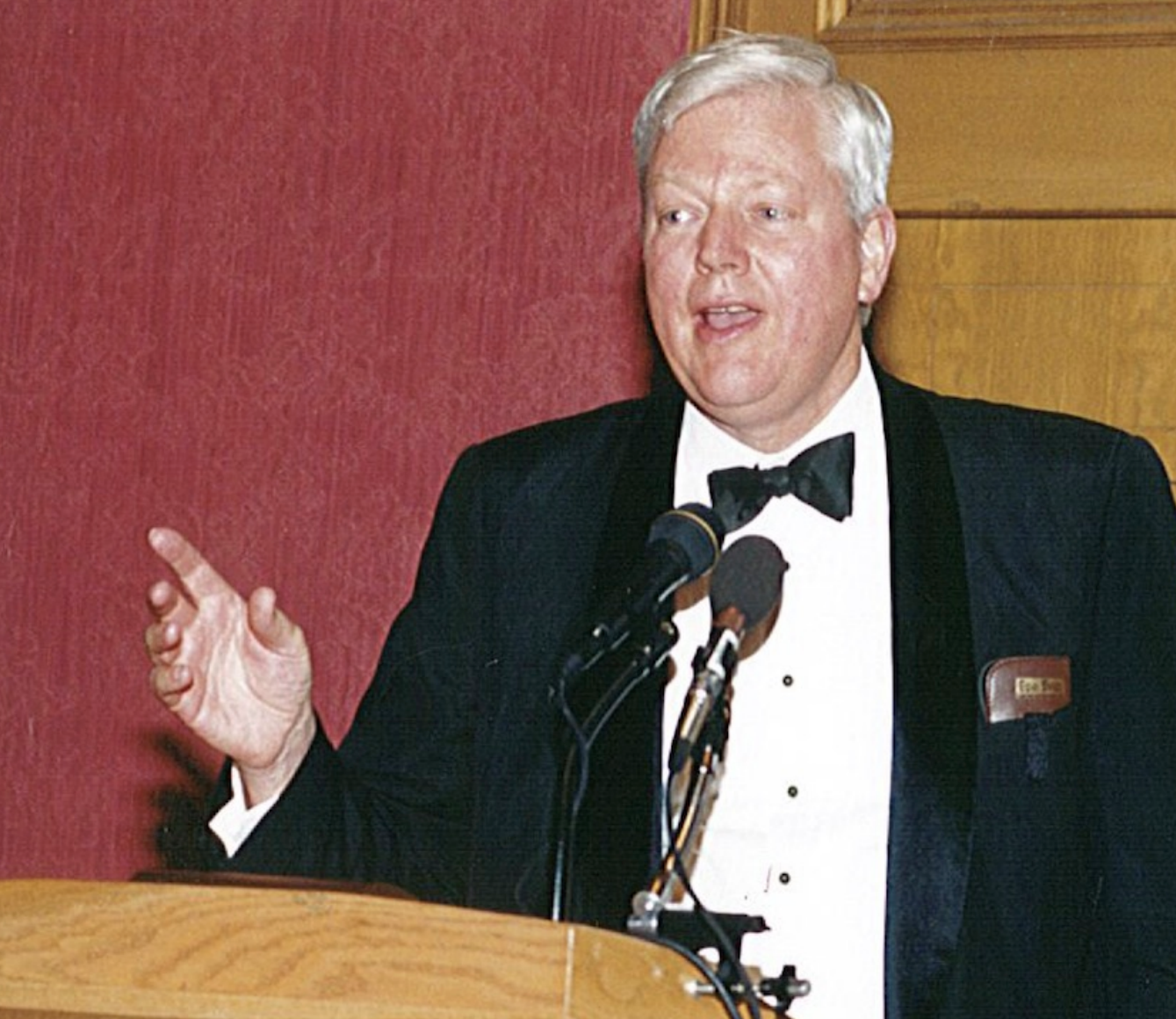 CER’s Founding Chair and dear friend Jerry Hume CER’s Founding Chair and dear friend Jerry Hume |
Twenty-nine years after a few critical people made the bet to back a new horse (thank you, Jerry Hume, in particular), much has changed. Lots of people are in the horse race now. Some make it across the finish line. Others get tired, discouraged and even some get embarrassed to say they like someone or something espoused by a different political party. That’s not okay, but markets have a way of working out the kinks.
And we’ve made a fundamental shift as a result, as well. We’ve gone from being bet on, to placing our own bets. In addition to working to build up the demand side with lawmakers and advocates, we’re looking for more horses who work hard, run fast and will STOP at nothing to win—for kids. It’s as exciting as the Kentucky Derby—but with more winners.

These are the four core tenets of the work we’ve been empowered to do by the indomitable Janine Yass. She and her husband Jeff bet on thousands of organizations for 25 years, but it was finding the outliers, the innovators, the long shots and the diamonds in the rough that led them to found the Yass Prize and the STOP Awards Initiative.
As Janine wrote in Forbes recently:
In August 2021, as Covid continued to assault our every way of life, the word “hero” became inextricably linked to “healthcare worker.” And make no mistake: Everyone from doctors and nurses to physician assistants and therapists deserved our undying gratitude.
At the same time, no one was really talking about the heroes of education — the teachers who continued to work with kids despite the most trying circumstances of our lifetime. Didn’t these beacons of resilience deserve a prize, too?
My husband, Jeff, and I posed that question to our longtime friend Jeanne Allen, the CEO of the Center for Education Reform. They absolutely do, she said—and so we got to work.
Through the new Yass Foundation for Education, currently incubating at CER, whose flagship Yass Prize is uncovering education innovators whose work is expansive and transformational, we’re helping to place bets on winning organizations that deliver for kids, and rewarding states that offer sustainable pathways so that those organizations do not have to rely on philanthropy to educate kids.
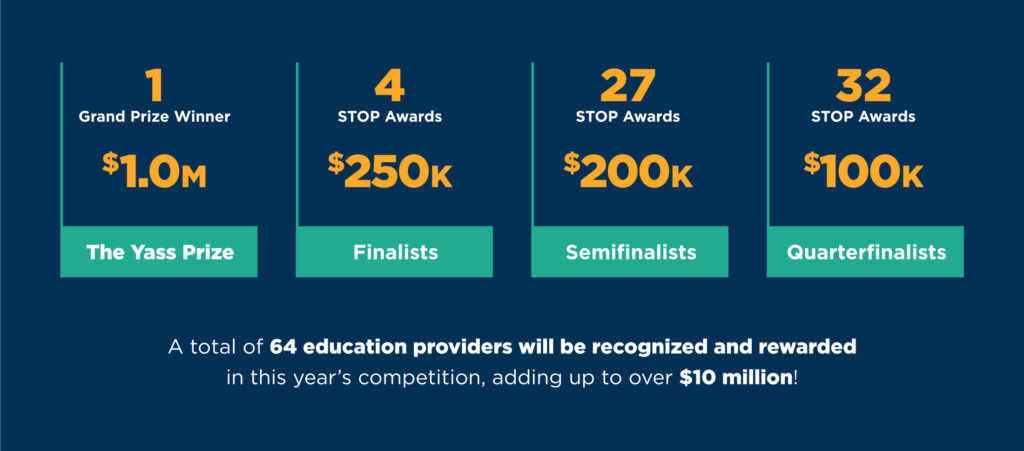
Arizona is the best example of Sustainability in the nation. By enacting a program to ensure that every student is endowed with an education scholarship account, Governor Ducey helped to get every parent the power they deserve and the opportunity to choose as to whether their education funds stay with their assigned school, or a public charter school, or whether to dedicate that ESA to a new education provider that better meets their needs.
We were so excited about Arizona’s work that we’re awarding $1 million dollars to 6 different Arizona-based organizations so they can provide their “STOP-enabled” education to more students.
Not surprisingly, Arizona has always been at the top of the Parent Power! Index. We love the PPI because while it may not seem complex, the analysis that goes into identifying how much opportunity and innovation every state provides through its laws—including arming parents with good information—is not a light task. Yet, every time it’s done it’s clear what the winning states are doing to improve education for all students.
Florida is equally innovative and forward thinking when it comes to education opportunity, parental freedom and providers permitted to offer a vast array of schooling options to families. It is now well-documented that when Governor Ron DeSantis came from behind to win his victory, it was disadvantaged parents that made the critical difference. We knew it might take a few decades to get to where parents were literally voting with their feet, but that was truly historic. Indeed as The Wall Street Journal reported, “School Choice Moms tipped” the race.
At least a dozen other states have great charter laws and school choice programs that CER helped make happen over the years, that have just gotten stronger year by year. Imagine if the states that have modest or weak laws took a page out of the top scorers.
It’s not rocket science. The recipe for a big win is transparent by now. A great law that doesn’t discriminate against education providers or put the government or school districts in charge of approving choices, equitable funding that follows students, and freedom for educators and leaders to develop and expand their work. Oh, and a permissionless education environment where we trust parents to do what’s best for their students.
No surprise that it’s those states where student achievement has skyrocketed, particularly for minority youngsters.
Not only is freedom a really hard value to steal from someone who has it, but the pandemic destroyed the confidence of even the most ardent supporters of traditional public schools. While the establishment, and the unions, will not feature prominently in this newsletter, their irresponsible actions nevertheless require a mention. When you look around the country at the news of dramatic declines in education (or at the strikes that are hurting more kids, or at the irresponsible opposition of too many to education freedom for parents and students) it’s no wonder that traditional public education enrollment is in serious decline.
Then there are the reports of widespread teacher shortages which are serious but are actually not universal in nature. They happen where schools are like the horse and buggy, where there is no freedom or flexibility to innovate and to support students where they are. The evidence suggests that large and typically failing districts have the most challenges. And what happens in those? Strong militant education unions that planned strikes like they were date nights before Covid, and that subsequently ran national policy on school openings—and kept them closed. The unions are a relic of the past. So, too, are many districts that think innovation is a computer in the back of a classroom. They all have to go.
| What we know about the teacher shortage Some communities have always struggled to hire teachers. Urban school districts that typically serve Black and brown students have traditionally faced shortages: Richard Ingersoll, a professor of education and sociology at Penn GSE and leading expert on the country’s teaching force, told Vox that “high-poverty, high-minority, urban, and rural public schools” have had among the highest rates of turnover, based on analyses of several decades. Vox Media — August 18, 2022 |
With another back to school season just barely underway, we will no doubt see yet more strikes, reports of ailing educational (and emotional) health of our students. But the field is promising and the odds are better than ever. Just look at the latest foal—West Virginia—a state that only a few short years ago was nowhere near the field, and is now the latest and best example of state lawmakers, parents and supporters that secured new choices for families, charters, private, microschools and virtual.
As CER enters its 30th year, I could not be more excited for the future, and so proud to have been early in the race, with dozens of teammates, board leaders and supporters along the way rooting us on to grow a movement that is unSTOPpable…
Before I close, please just take a minute to make sure you’re on the right track with us this year.
Follow the Yass Prize — On October 3rd we will be announcing, in partnership with Forbes 30 Under 30 Summit, the 64 Yass Prize quarter-finalists, the thoroughbreds of education transformation. On October 4th we’re rewarding $1 million to 6 outstanding education providers at the Arizona State Capitol in honor of Governor Doug Ducey.
Read our newsletters — Last year I inaugurated Forza, the Italian word for strong, tenacity, endurance and momentum. I write about the things we must deploy those attributes for—and against.
Attend our events — Whether it’s the Yass Prize virtual events highlighting the best education providers, briefings on critical policy or upcoming in person efforts, we would love to truly see you in person.
Above all, get on that field.
We did. And it was the best bet we ever made.
Happy September, happy fall, and Godspeed…

Jeanne Allen
Founder & CEO
 |
CER is powering the Yass Prize and related advocacy efforts now. But if you want to place your bets on winners, let us do the work for you. We are researching the field regularly. We can put you in the right race. Send us a check or call me to discuss. |
